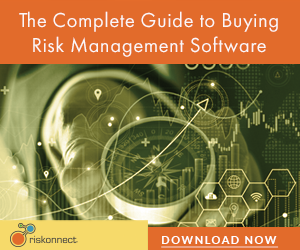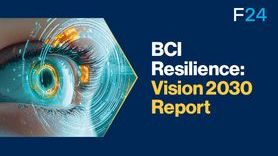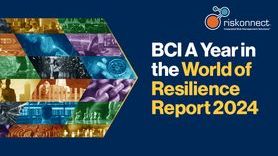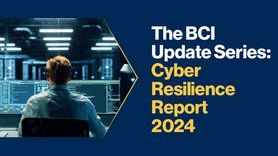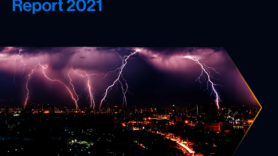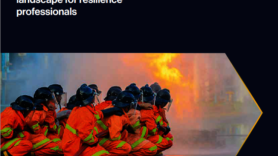How to identify and monitor external threats
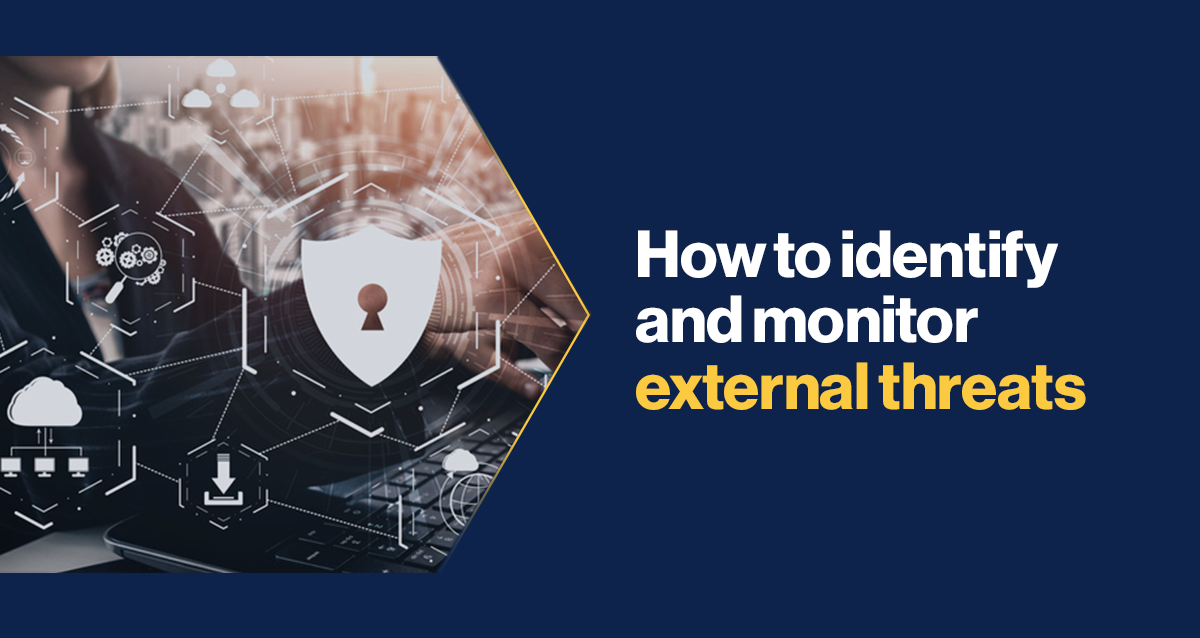
Some of my friends would probably say I am paranoid; I prefer to think of it as having a healthy obsession with safety and business continuity. I have found that awareness of external threats and monitoring change in the environment has proved useful many times over the years as it has enabled me to better prepare for a threat before it impacted the organisation. I thought I would share some of the resources I have used to identify and monitor external threats in case it was helpful for others.
Horizon scan reports: the annual Business Continuity Institute report and the webinar in which they discuss the findings are invaluable for insights on risks and threats. I had my coffee and biscuits at the ready for the last report! Other specialist third-party horizon scan reports for specific threats, freely available online, are similarly very useful for identifying changes in the environment. I have found it useful to cross-check report findings as this has allowed me to better understand the causes behind trends, consider risks and challenge the prioritisation of threats.
Networks: membership with a collaborative group in the same sector has been useful for sharing sector specific insights; on occasions threats had impacted an organisation and had potential to affect others in the same sector. In addition, membership with a local business resilience forum that has representation from local businesses, local authorities and emergency services is great for sharing insight on developments in the immediate area.
Specialist third-parties: there are a number of third-parties who can provide daily and weekly reports on various matters, along with relevant local incident notifications. When I use software solutions to monitor threats, after I have agreed which threats to monitor, I typically consider:
- Which locations do I need to monitor?
- Within what radius of each location?
- If there is a change in the environment when and who do I want to be notified (e.g. at what severity level)?
However, it is important to understand the limitations of such tools in terms of the data provided and how that data is gathered. Depending on the use, you may need to combine data sets from more than one source for an improved understanding of the threat or use an earlier notification tool.
National risk register: the UK national risk register provides valuable insight on national risks and threats, and includes historical information and recent statistics. To note though, the scoring methodology changed in the last report so you may want to do wider research to better understand shifts and trends.
Internal resources: existing risk registers, incident databases and knowledge from staff is always extremely helpful.
Natural hazard maps and travel risk tools: many hazard maps are freely available online and this combined with a travel risk tool can help identify hazards and threats to offices and staff abroad.
News: world news is useful for identifying international threats at an early stage. I have also found national news can be used to identify warning signs that might lead to local activity.
In summary, there are a number of useful resources and tools out there to help you identify and monitor external threats and many of these are freely available; the resources I have listed above are just a few. If you plan to use a software solution to monitor threats, you may need to think about how best to configure this. Also, do not be afraid to challenge findings in threat reports as there could be limitations with the data and you may benefit from doing your own research.
About the author:
Alastair Lee is an award-winning business continuity professional with 12 years' experience. Al created a personal website called The Continuity Advisor in his spare time to help small and medium-sized organisations start their business continuity programme."


